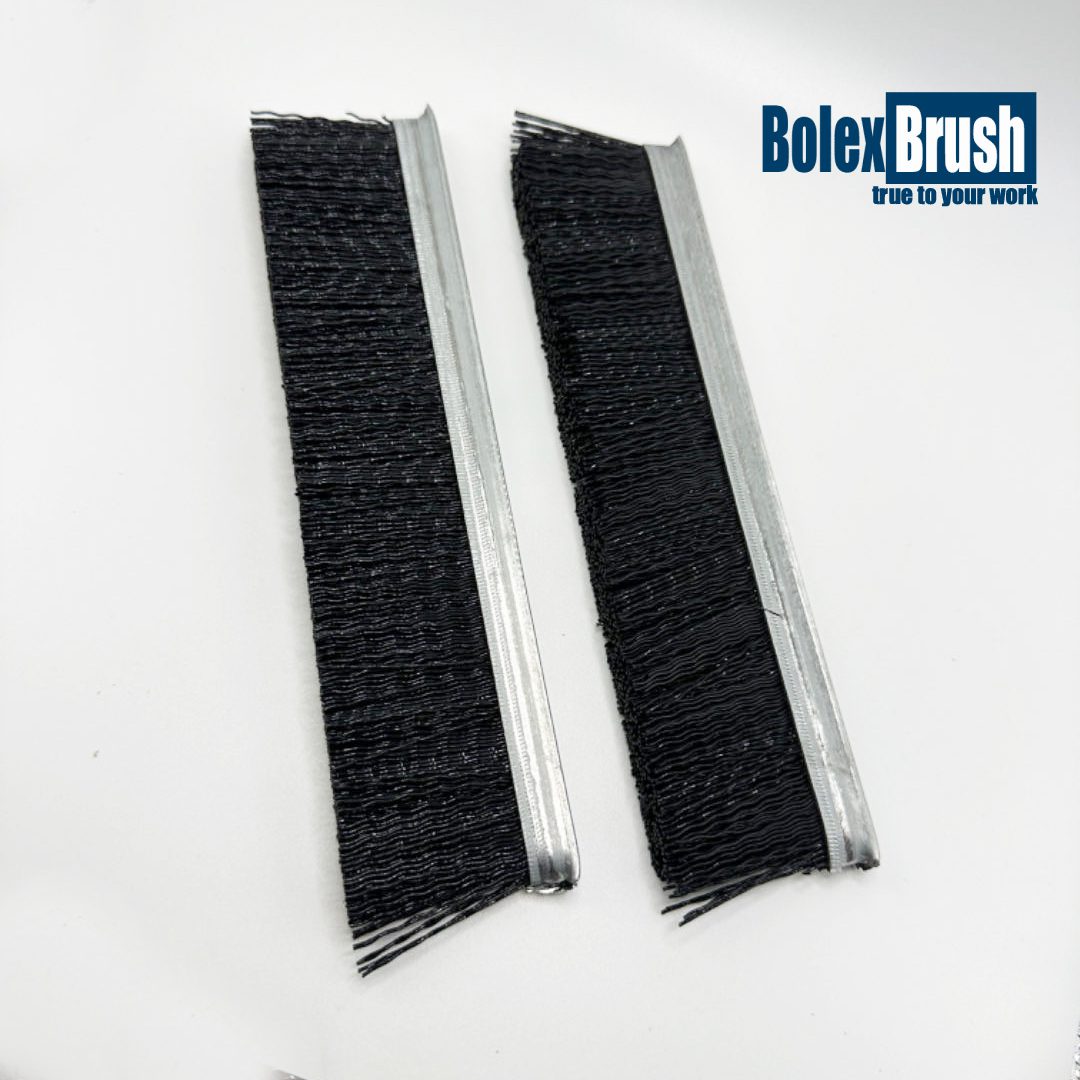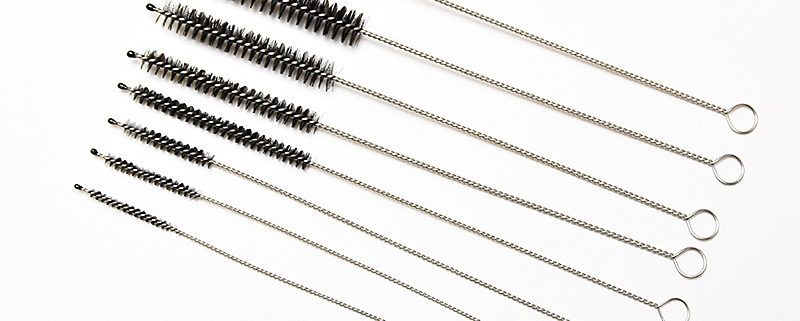The Versatile And Beneficial strip brushes
Strip brushes are one of the most versatile and functional tools in a variety of different industries. They are designed with a long, thin base and bristles that are specific to the application type; they may be used for cleaning, sealing, or guiding. Their adaptability makes them a dependable and cost-effective solution for businesses looking for efficient operational tools. Are you someone who wants to learn or gather more facts about the strip brushes? If Yes. This is the best place or blog where people can gather more facts about the strip brushes.
The Amazing Strip Brushes
Strip brushes are beneficial primarily because they are useful for keeping things clean. They sweep away dust, debris, and contaminants that will help prevent contamination and damage to machinery and workspace. So, it’s longer-lasting equipment, reduces the cost of maintenance, and reduces down time.
Besides scrubbing, strip brushes can be very good sealers. They seal draft, dust, and moisture to doors, windows, and cracks within machinery to increase energy efficiency and protect sensitive mechanisms. Their ability to guide materials along conveyor belts or stabilize moving parts further emphasizes the functionality of strip brushes.
Strip brushes can also be customized. They come in different types of bristle material, density, and size. Whether the strip brush is applied in a gentle cleaning job or in heavy operations, they can be modified according to certain specifications to improve their utility in diverse applications.
Also, these brushes contribute to environmental sustainability. Since they reduce the use of chemical cleaners, they offer eco-friendly alternatives for various cleaning and maintenance tasks, and their durability ensures long-term use, hence cost-effective and environment-friendly.
Aside from functionality, strip brushes also ensure safety in a workplace. It can serve as an edge guard where the sharp parts of machinery are covered to avoid the risk of injuring someone. Also, strip brushes reduce noise which makes a place more comfortable and productive.
Strip brushes are a must-have for industries that focus on efficiency, safety, and sustainability. Versatile and long-lasting, they are ideal investments for businesses from diverse sectors. Be it cleaning, sealing, or guiding, strip brushes deliver superior results with simple yet effective design.

 Bolexbrush
Bolexbrush











